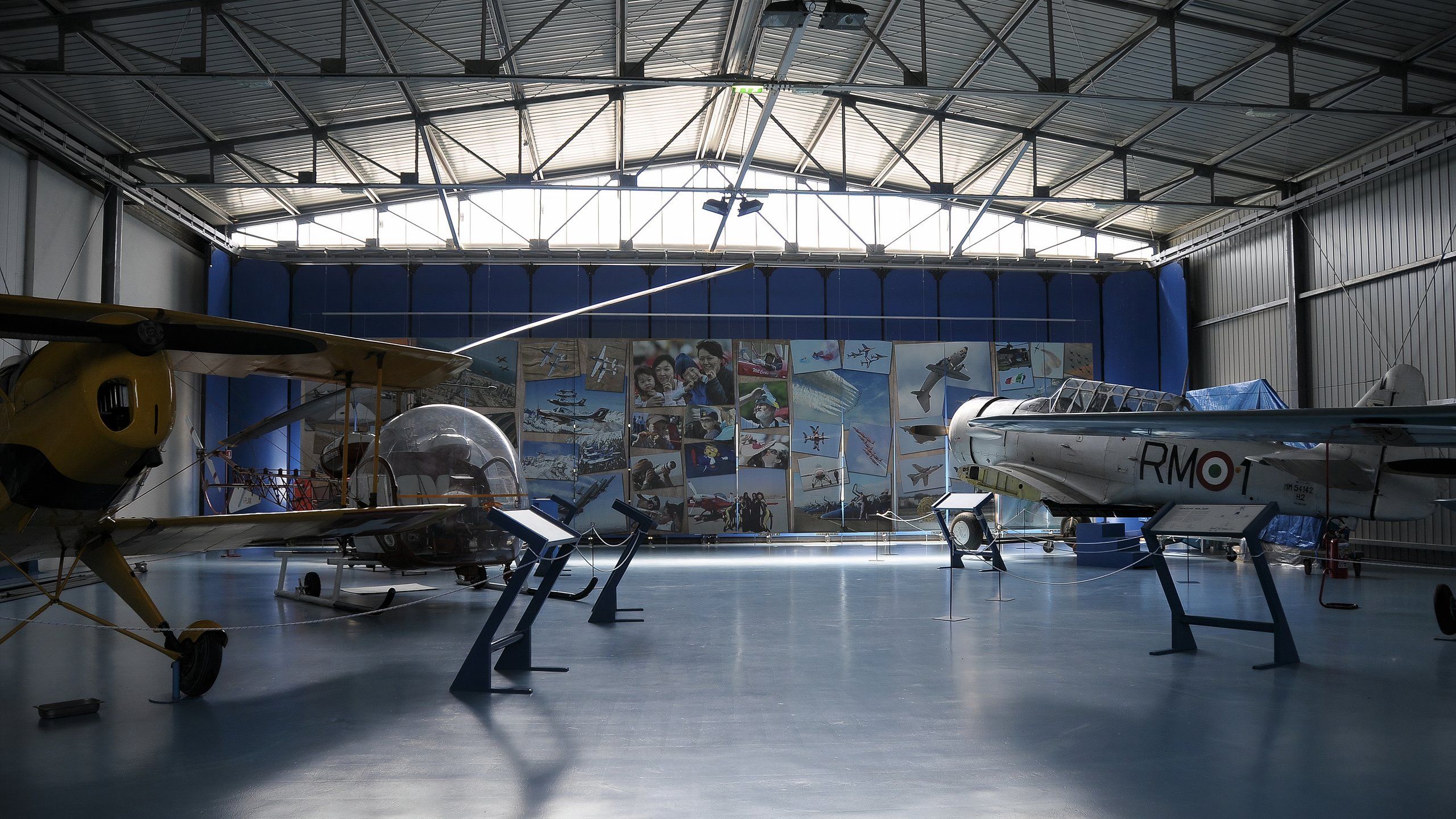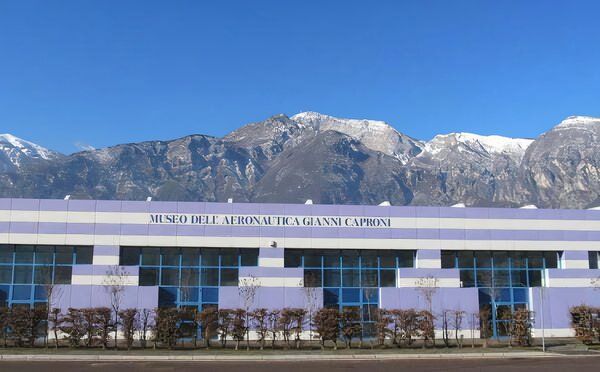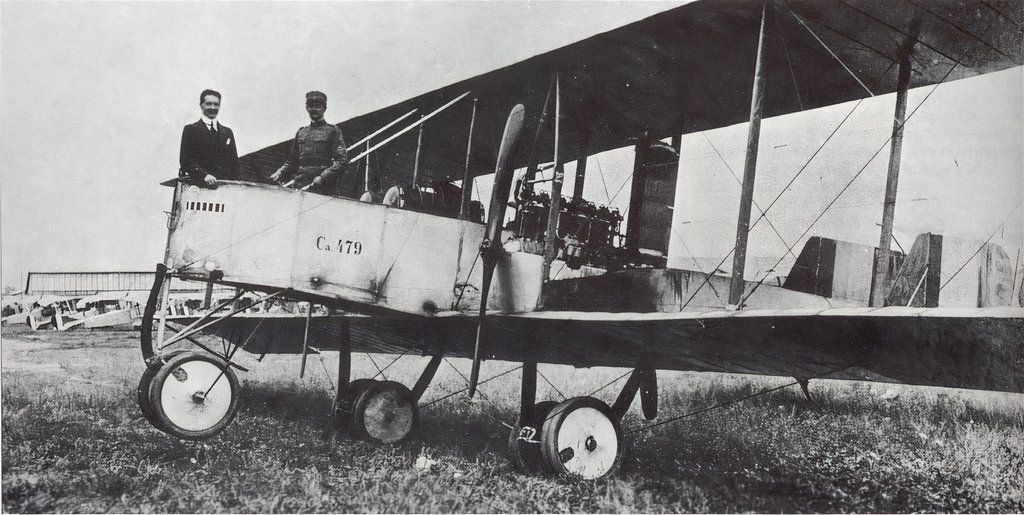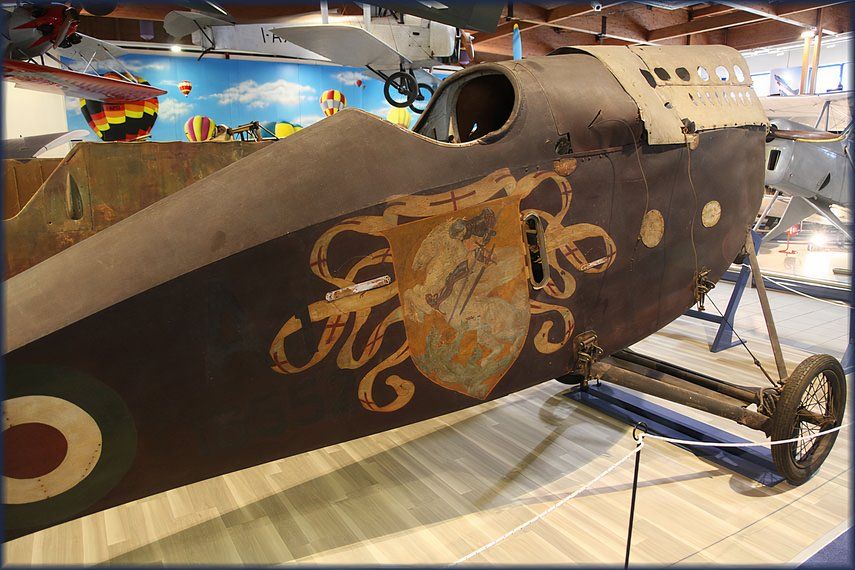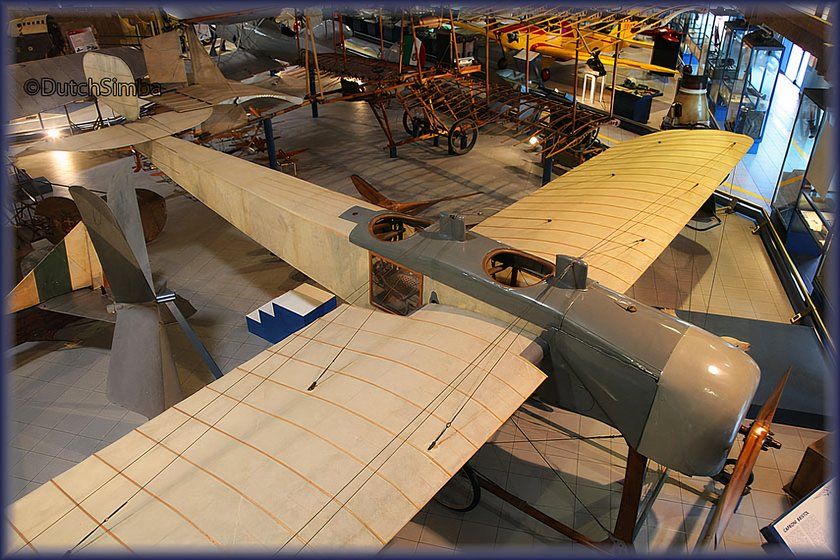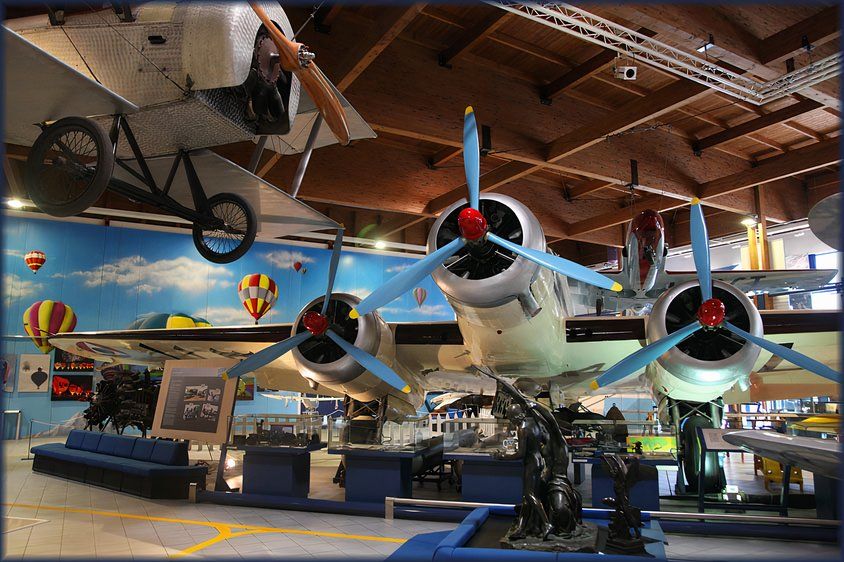Summary
- The Gianni Caproni Museum of Aeronautics in Trento is the oldest aviation museum in Italy.
- It houses around 27 historical aircraft, including unique prototypes like the Caproni Ca.60 Transaereo.
- Visitors can explore aircraft, memorabilia, guided tours, and an aviation library Tuesday through Sunday.
The Gianni Caproni Museum of Aeronautics is the oldest aviation museum in Italy. It was first established in Taliedo in 1927 by Gianni Caproni, an Italian aviation pioneer and founder of the Caproni aviation manufacturing company. In 1992, the museum was moved to its present location in Trento. The museum displays many historical aircraft, memorabilia, documents, and artwork. Although the number and types of aircraft on display vary depending on the rotating exhibition, around 27 planes are consistently available for visitors.
These aircraft include a variety of Caproni models, other Italian airplanes, and aircraft produced by US and German manufacturers. The Caproni Museum is also home to nine unique aircraft, including original prototypes. Many aircraft are restored planes from the First or Second World War, and while some are missing essential parts, others are still considered flyable.The museum’s displays offer additional enrichment for guests, including various artwork, original aircraft parts, an aviation library, and optional guided tours. Visitors to Italy’s northern region of Trento can visit the museum Tuesday through Sunday from 10:00 to 18:00.
The Gianni Caproni Museum of Aeronautics
Giovanni Caproni (1856-1957), better known as Gianni Caproni, was an Italian aeronautical engineer, civil engineer, electrical engineer, and aircraft designer. Gianni lived in the northern Italian region of Trentino and was renowned for founding the Caproni aircraft manufacturing company. The first Caproni Museum of Aeronautics was founded by Gianni himself in 1929 as a memorial to Italian aviation history and tradition. Originally titled the Taliedo Museum, it was located near Milan’s airport. It was Italy’s first corporate museum and the first museum dedicated to aviation.
The Taliedo Museum was closed for several years during World War II. After the war, it had to be rebuilt due to damage from Allied bombings. Gianni Caproni’s death in 1957 left the museum in the capable hands of his family. In 1992, after the Caproni family and Gianni’s home province reached an agreement, the Gianni Caproni Museum of Aeronautics was inaugurated in Trento. The new museum displays the Caproni family’s collection of aircraft and offers recreations of Gianni’s original design studio and Caproni’s propeller shop. According to Trento’s official tourism website, the Caproni Museum’s mission is:
“…to promote the spread and public understanding of science and technology.”
The museum is also an important part of Italian culture and heritage. As such, it is part of the Rete Trentino Grande Guerra, a regional organization that promotes the preservation of historical artifacts and fosters education in Trento’s history.
According to Trentino.com, the Caproni Museum’s exhibition hall doesn’t only offer some of the rarest and most fascinating airplanes from around the world. Each display in the 15,069-square-foot (1,400-square-meter) building is also decorated with countless works of art, ranging from rough design sketches to giant wall murals. Visitors can also examine other exciting displays featuring:
- Aircraft engines
- Aircraft instruments
- Aircraft propellers
- Other aircraft parts
- Zeppelin pieces
- Aviation-themed works of art
- Military medals and memorabilia
- Four multimedia information points
- Technical and photographic archive
- Extensive thematic library
Aircraft at the museum
The Caproni Museum holds an important collection of aircraft, some with immeasurable value. According to Trentino Cultura, the exhibition hall houses around 27 historical aircraft, nine unique worldwide. The rotating temporary exhibitions allow visitors to see many other historical aircraft and items.
Aviation Museum provides a list of the aircraft visitors can expect to see at the Gianni Caproni Museum of Aeronautics, regardless of the current exhibitions offering additional displays. While most of these planes are Italian-made, several US and German planes are also part of the permanent collection.
Ansaldo A.1 “Balilla”
This biplane was the only Italian-designed fighter aircraft of World War I produced in Italy and flown by the country’s military. The aircraft displayed at the Caproni Museum is one of the two surviving Ansaldo A.1s and the only one whose original silk fabric was preserved without damage.
Ansaldo SVA 5
The Ansaldo SVA family of Italian fighter and reconnaissance biplanes was developed from 1916 to 1917. The SVA displayed at the museum participated in the historical Flight over Vienna air raid in 1918.
Breda 19
The Breda 19 (or Ba. 19) was one of the most popular aerobatic aircraft in the 1930s. Its most memorable accomplishment was breaking the world record for the longest duration of inverted flight in 1933. The aircraft on display at the museum is the only surviving aircraft of its type.
Caproni Bristol
This aircraft, actually deemed a Bristol Coanda monoplane, was built by Bristol in the UK and sent to Italy with the technical drawings so that Caproni could manufacture the aircraft under license. The plane on display at the Caproni Museum is the oldest surviving aircraft of this model.
Caproni Ca.6
This biplane was Gianni Caproni’s sixth aircraft. It featured an innovative variable-pitch propeller and a unique double-cambered airfoil. The aircraft on display at the museum is the only one of its type to have been produced and the oldest aircraft in the entire collection (built in 1911).
Caproni Ca.9
This aircraft belonged to a series of monoplanes produced by Caproni between 1911 and the outbreak of WWI in 1914. The Ca.9 on display is the only surviving aircraft of this series. It has also been displayed at the Washington, DC, National Air and Space Museum.
Caproni Ca.60 Transaereo
This unique aircraft prototype, tested without success in 1921, was an enormous flying boat with nine wings, eight engines, and a 100-passenger capacity. After crashing at the end of its second test flight, the surviving parts were saved and displayed at the Caproni Museum.
Caproni Vizzola C-22J
This light twinjet trainer was the last aircraft type to be built by the Caproni company. Although its operation costs were very low and the aircraft was particularly easy to operate and maintain, it did not enter production. The aircraft displayed at the Caproni Museum is an original mock-up built in the 1980s.
Fokker D.VIII
This German fighter featured parasol wings and is considered among the best aircraft built during the First World War. The fuselage on display at the Caproni Museum is the only remaining aircraft of this model. Eventually, the museum plans to arrange a wing restoration and reassemble the entire aircraft.
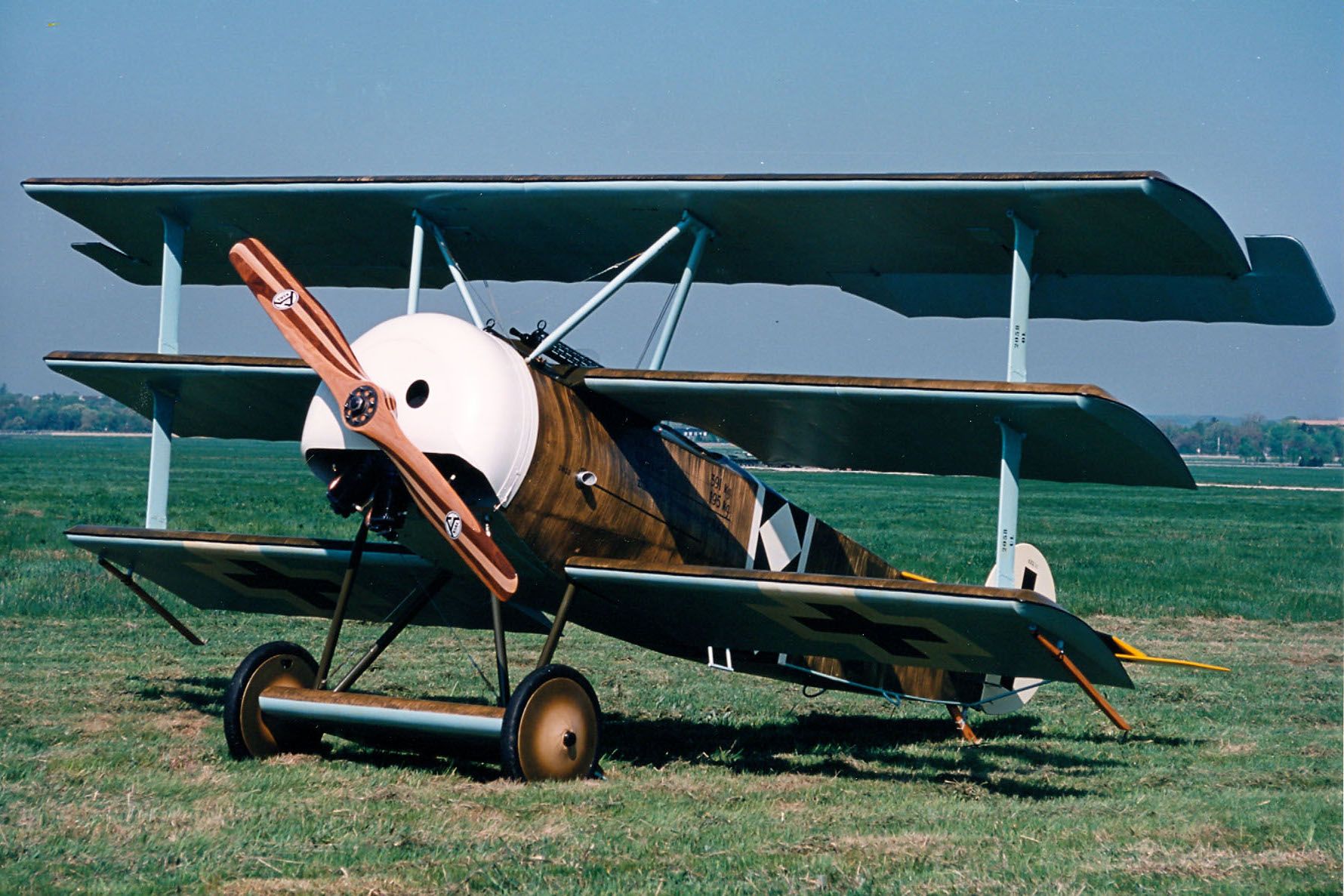
Related
Fokker Dr.I: The Story Of The First World War Triplane
Despite being outclassed, the aircraft was feared during the First World War.
Macchi M.C.200
This single-seater fighter, equipped with a radial engine, was the most important fighter in the Regia Aeronautica (Italy’s air force) from 1940 to 1943. In 2010, the aircraft became part of the Caproni Museum’s permanent exhibition.
Savoia Marchetti SM.79
Italian forces in World War II heavily used this three-engine torpedo bomber. With speeds of up to 255 mph (410 kph), the SM.79 was one of the fastest airplanes. Only two aircraft of this type have survived, one displayed in the Caproni Museum.
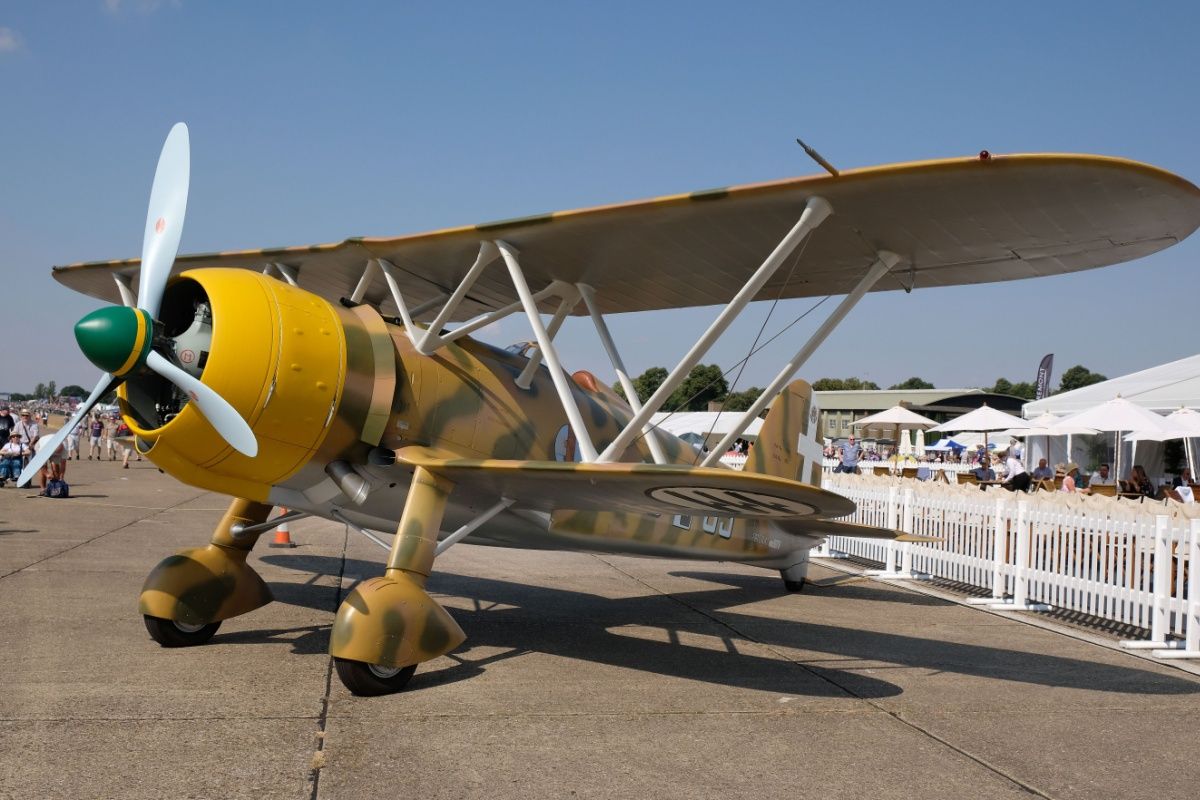
Related
Forgotten History: The Top 5 Italian Aircraft Of The Second World War
Despite low production numbers and Italy’s early exit from WW2, Italy produced some excellent aircraft.
While these are the most notable aircraft in the Caproni Museum’s permanent exhibition, the list is not exhaustive. Other aircraft regularly displayed include:
- Agusta Bell 47G
- Avia FL.3
- Bücker Bü.131
- Caproni Ca.53
- Caproni Ca.100 “Caproncino”
- Caproni Ca.163
- Caproni Ca.193
- Caproni Trento F.5
- Gabardini G.51bis
- Lockheed F-104G Starfighter
- Macchi M.20
- Macchi MB.308
- Manzolini Libellula-II
- North American T-6 Texan
- Reggiane Re.2005
- Saiman 202M
Want to visit?
The Gianni Caproni Museum of Aeronautics is open Tuesday through Sunday from 10:00 to 18:00. Full-price tickets are €4.50 each, but children between the ages of 15 and 26 or those over 65 only pay €3.00. Family passes are also available at a discounted rate. Tickets can be purchased online through the museum’s website. The museum also offers free activities every Saturday. From 14:00 to 16:00, visitors can use three flight simulators (two SPADs and a Cessna). At 16:00, free guided tours of the museum are offered.
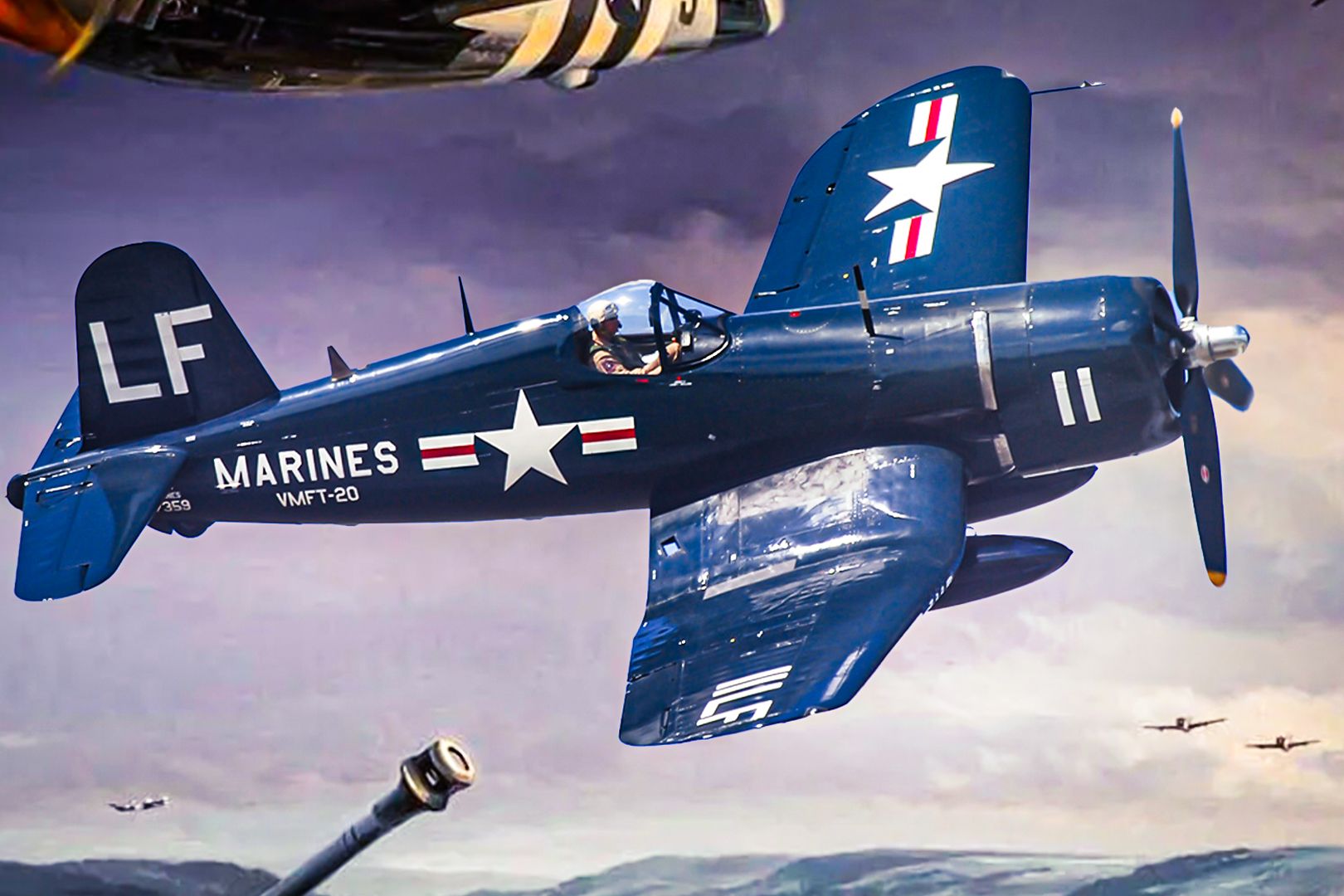
Related
Warbirds: 5 Aviation Museums Around The World To See WW2 Fighter Planes
These museums have massive warplane collections.

